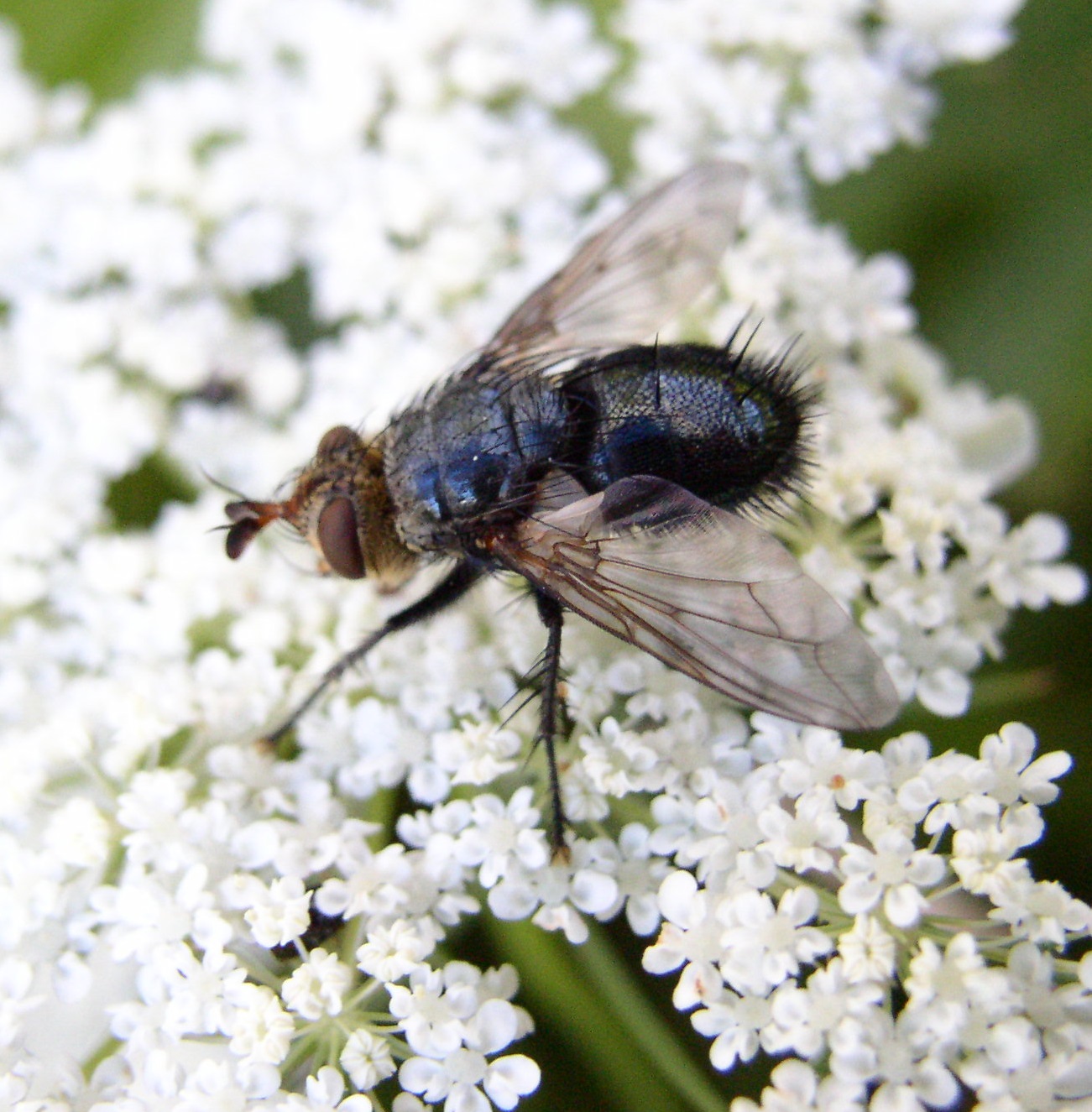|
Archytas Rufiventris
''Archytas rufiventris'' is a species of bristle fly in the family Tachinidae. Distribution United States. References Tachininae Insects described in 1928 Diptera of North America Taxa named by Charles Howard Curran {{tachinini-stub ... [...More Info...] [...Related Items...] OR: [Wikipedia] [Google] [Baidu] |
Charles Howard Curran
Charles Howard Curran (20 March 1894 – 23 January 1972) was a Canadians, Canadian entomologist who specialised in Diptera. Curran's main taxonomic interests were in Brachycera, brachyceran flies, particularly the flower flies Syrphidae, in which he described 723 species. From 1922 to 1928 he worked as a specialist service in Diptera Entomology of Canada. In 1928, he was hired by the American Museum of Natural History as Assistant Curator and, from 1947 until his retirement in 1960, as Curator of Insects and Spiders. In 1931, he donated his collection to that institution: it has 10,000 specimens representing about 1,700 species including 400 types. He received in 1933 a Doctorate of Science at the University of Montreal with a thesis entitled The Families and Genera of North American Diptera. He was vice-president of the New York Entomological Society in 1936, president the following year. References Paul H. Arnaud Jr. et Thelma C. Owen (1981). Charles Howard Curran (1894-197 ... [...More Info...] [...Related Items...] OR: [Wikipedia] [Google] [Baidu] |
Tachinidae
The Tachinidae are a large and variable family of true flies within the insect order Diptera, with more than 8,200 known species and many more to be discovered. Over 1,300 species have been described in North America alone. Insects in this family commonly are called tachinid flies or simply tachinids. As far as is known, they all are protelean parasitoids, or occasionally parasites, of arthropods, usually other insects. The family is known from many habitats in all zoogeographical regions and is especially diverse in South America. Life cycle Reproductive strategies vary greatly between Tachinid species, largely, but not always clearly, according to their respective life cycles. This means that they tend to be generalists rather than specialists. Comparatively few are restricted to a single host species, so there is little tendency towards the close co-evolution one finds in the adaptations of many specialist species to their hosts, such as are typical of protelean parasito ... [...More Info...] [...Related Items...] OR: [Wikipedia] [Google] [Baidu] |
Tachininae
Tachininae is a subfamily of flies in the family Tachinidae. Tribes & genera *Tribe Ernestiini :*'' Appendicia'' Stein, 1924 :*'' Cleonice'' Robineau-Desvoidy, 1863 :*'' Eloceria'' Robineau-Desvoidy, 1863 :*'' Ernestia'' Robineau-Desvoidy, 1830 :*'' Eurithia'' Robineau-Desvoidy, 1844 :*''Fausta'' Robineau-Desvoidy, 1830 :*'' Gymnocheta'' Robineau-Desvoidy, 1830 :*'' Hyalurgus'' Brauer & Bergenstamm, 1893 :*'' Loewia'' Egger, 1856 :*'' Zophomyia'' Macquart, 1835 *Tribe Graphogastrini :*'' Graphogaster'' Rondani, 1868 :*'' Phytomyptera'' Rondani, 1845 *Tribe Leskiini :*'' Aphria'' Robineau-Desvoidy, 1830 :*'' Bithia'' Robineau-Desvoidy, 1863 :*'' Demoticus'' Macquart, 1854 :*'' Leskia'' Robineau-Desvoidy, 1830 :*'' Solieria'' Robineau-Desvoidy, 1848 *Tribe Linnaemyini :*'' Chrysosomopsis'' Townsend, 1916 :*'' Linnaemya'' Robineau-Desvoidy, 1830 :*'' Lydina'' Robineau-Desvoidy, 1830 :*'' Lypha'' Robineau-Desvoidy, 1830 *Tribe Macquartiini :*'' Anthomyiopsis'' ... [...More Info...] [...Related Items...] OR: [Wikipedia] [Google] [Baidu] |
Insects Described In 1928
Insects (from Latin ') are pancrustacean hexapod invertebrates of the class Insecta. They are the largest group within the arthropod phylum. Insects have a chitinous exoskeleton, a three-part body (head, thorax and abdomen), three pairs of jointed legs, compound eyes and one pair of antennae. Their blood is not totally contained in vessels; some circulates in an open cavity known as the haemocoel. Insects are the most diverse group of animals; they include more than a million described species and represent more than half of all known living organisms. The total number of extant species is estimated at between six and ten million; In: potentially over 90% of the animal life forms on Earth are insects. Insects may be found in nearly all environments, although only a small number of species reside in the oceans, which are dominated by another arthropod group, crustaceans, which recent research has indicated insects are nested within. Nearly all insects hatch from eggs. Insect ... [...More Info...] [...Related Items...] OR: [Wikipedia] [Google] [Baidu] |
Diptera Of North America
Flies are insects of the order Diptera, the name being derived from the Greek δι- ''di-'' "two", and πτερόν ''pteron'' "wing". Insects of this order use only a single pair of wings to fly, the hindwings having evolved into advanced mechanosensory organs known as halteres, which act as high-speed sensors of rotational movement and allow dipterans to perform advanced aerobatics. Diptera is a large order containing an estimated 1,000,000 species including horse-flies, crane flies, hoverflies and others, although only about 125,000 species have been described. Flies have a mobile head, with a pair of large compound eyes, and mouthparts designed for piercing and sucking (mosquitoes, black flies and robber flies), or for lapping and sucking in the other groups. Their wing arrangement gives them great maneuverability in flight, and claws and pads on their feet enable them to cling to smooth surfaces. Flies undergo complete metamorphosis; the eggs are often laid on the la ... [...More Info...] [...Related Items...] OR: [Wikipedia] [Google] [Baidu] |



_(10144905255).jpg)